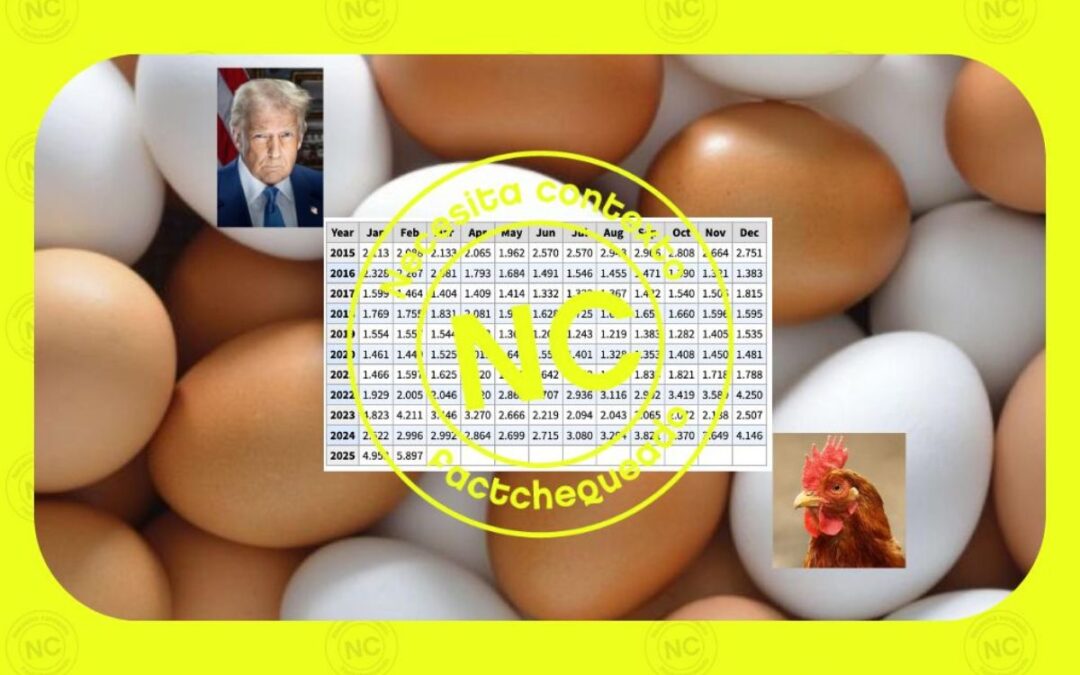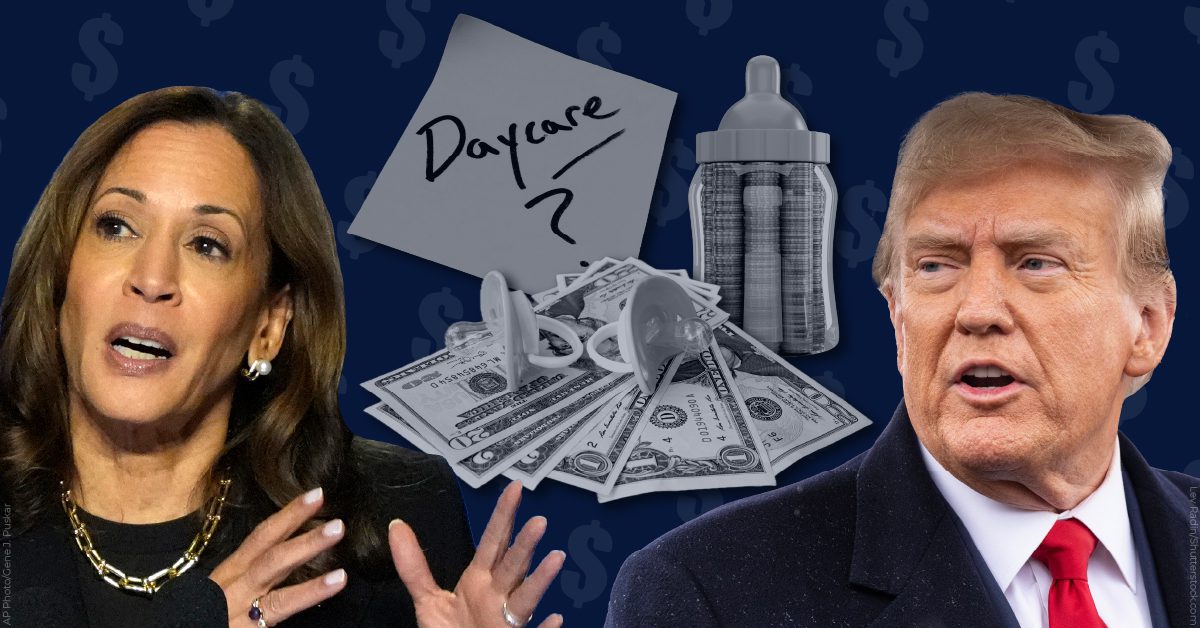
(AP Photo/John Raoux, File)
The announcement from the Federal Reserve will lower mortgage rates and encourage more building of apartments, which could lower rental costs.
The Federal Reserve on Wednesday announced that it was slashing its key interest rate by half a percentage point, a move that could boost the economy and help lower mortgage rates and housing costs.
The federal funds rate will now move down to about 4.9% — the lowest it’s been since March 2023 — effectively making it cheaper for consumers to borrow money.
The decision comes as inflation has cooled dramatically in recent months, with the 12-month inflation rate falling to 2.5% in August, the lowest level since Feb. 2021.
“The Committee has gained greater confidence that inflation is moving sustainably toward two percent, and judges that the risks to achieving its employment and inflation goals are roughly in balance,” the Fed said in a statement.
During a press conference shortly after the announcement was issued, Federal Reserve Chair Jay Powell said that both the labor market and the US economy in general are in “solid shape.” He added that by lowering the interest rate, “our intention is to keep it there.”
How this affects you
The federal funds rate serves as a sort of benchmark for borrowing rates in the rest of the country’s economy, meaning that this rate cut could have tangible effects on everyday Americans.
Since mortgage rates are linked to yields for government bonds, they’re a sort of reflection of the central bank’s overall monetary policy. Last week, mortgage rates hit a 19-month low on 30-year fixed loans — 6.2% — as brokers braced for the Fed’s rate cut. As more interest rate cuts are expected from the Fed before the end of the year, mortgage rates are likely to continue to trend downwards, reducing monthly payments for those with variable rate mortgages and lowering borrowing costs for new prospective buyers.
The decline in mortgage rates could also encourage homeowners who locked in low rates years ago to finally consider selling.
“The dynamic between interest rates and home prices is very different in this business cycle post pandemic and the reason is we lack housing supply, both single and multi-family,” Chief Economist and SVP at Nationwide Kathy Bostjancic told Reuters. “But one way you get increased supply in the market is having mortgage rates going down…in some areas you may actually see a little bit of a decrease in home prices because of increased availability.
Lower interest rates should further allow developers to get more favorable bank loans, making it more affordable for them to build apartment buildings, which the country has a shortage of.
“I’m really hoping that lower interest rates lead to a surge in multifamily construction,” Jack Liebersohn, an economics professor at the University of California Irvine, told Vox. “That won’t have an immediate effect on rents, but it will in the long run, and that could be really important.”
The Fed’s decision could also help prospective car buyers, as the rate reduction will lower the cost of auto loans, which are now at their most expensive since 2001.
The cost of other consumer debt, such as student loans and credit card interest, should also come down as a result.
Lower Fed rates are also typically associated with a stronger job market, since they make it easier for employers to borrow and cover costs.
The Fed’s decision comes at a time when the latest US jobs report shows slowed hiring; employers added 142,000 jobs in August, which is fewer than most economists expected. The previous months’ numbers were revised downward, as well, though unemployment still remains low at just 4.2%.

¿Qué es una recesión y por qué en Estados Unidos se habla de una en marzo de 2025?
Por Jonnathan Pulla de Factchequeado Las búsquedas de la palabra “recesión” y frases que la incluyen como “¿qué es una recesión?” aumentaron de...

Trump afirma que el precio de huevos bajó 30%, pero solo al por mayor; en los supermercados siguen subiendo
Si sólo tienes unos segundos, lee estas líneas: El presidente Donald Trump afirmó recientemente que el precio de los huevos ha bajado casi un 30% en...

Medical debt will no longer appear on credit reports for all Americans
This new rule will erase an estimated $49 billion in unpaid medical bills from the credit reports of roughly 15 million Americans, according to the...

Sick of hidden fees on concert tickets and hotel stays? A new federal rule bans them.
Now, live event businesses and hotels must clearly list their prices in both their advertising and pricing information. American consumers on...

Trump’s tariff plan would raise prices and ‘reduce the living standard of Americans,’ economists say
Trump’s plan would effectively be a sales tax that disproportionately harms working-class families and could cause a trade war that hurts US...

Trump’s tariff and tax plan would raise taxes on 95% of Americans, report finds
In response to the report, the Harris-Walz campaign released an analysis of its own, outlining how Trump’s agenda would raise costs for over 1.2...




